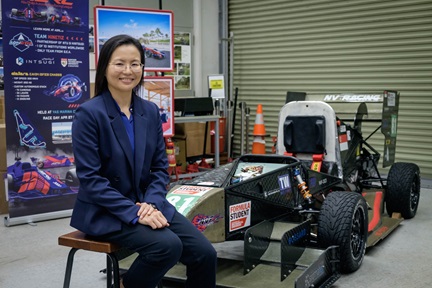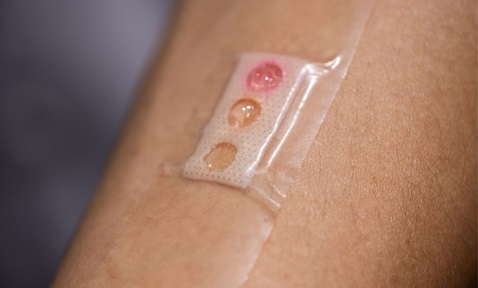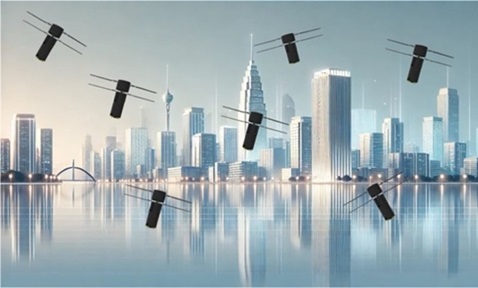
Distributed LiDAR
Synopsis
This invention introduces distributed LiDAR that uses optical fibres for omnidirectional visibility, sensing distance, colour, and temperature. It is motorless, lightweight, cost-effective, and embeddable, offering full coverage for drones, autonomous vehicles, and robots with enhanced safety and aesthetics.
Opportunity
LiDAR is an optical sensor for distance measurement, which is crucial in the visual perception systems of autonomous mobile robots and driverless ground and aerial vehicles. Existing commercial LiDARs have a limited field of view (FoV), thus a single unit is incapable of seeing the entire immediate space around a robot or vehicle. A multiple-LiDAR setup for complete coverage is costly and visually unappealing. For drones requiring 3D collision avoidance, the limited space, onboard resources, as well as the complex geometry make it impractical to use existing sensors for effective omnidirectional collision avoidance.
Technology
This patented distributed LiDAR technology incorporates optical fibres to deliver light to desired spots over the surface of the vehicle, enabling omnidirectional visibility. It is motorless and super lightweight. Besides distance, the sensor can also detect colour and temperature. Unlike existing LiDARS, one unit of this sensor can scan the entire field of view. The distributed sensor (fibre optic probes) can be embedded into the platform’s body, offering uniform scanning in all directions. The density can be customised as needed. Being motorless, it is not sensitive to vibration and does not cause vibration. The probe’s lifetime is unaffected by moisture or sunlight. This technology is very cost-effective since one sensor covers the entire space around the vehicle and is visually pleasant as it integrates seamlessly unto the carrier’s body.

Figure 1: Distributed LiDAR is an optical sensor that measures the distance from the surrounding objects, through the entire field of view.

Figure 2: Application on drone.
Applications & Advantages
The main application areas include drones (UAVs) for omnidirectional collision avoidance, thermal screening, autonomous automotive tasks like parking sensory systems and safety curtain for industrial robots.
Advantages:
- Omnidirectional visibility with a single sensor unit
- Senses distance, colour and temperature
- Embeddable into the platform structure
- Motorless design, insensitive to vibration
- Long-lasting probes unaffected by moisture or sunlight
- Cost-effective with full coverage
- Visually pleasing integration into the platform (drone, car, service robot, etc.).






.tmb-listing.jpg?Culture=en&sfvrsn=b5366f51_1)
.tmb-listing.jpg?Culture=en&sfvrsn=3b74ec1c_1)







